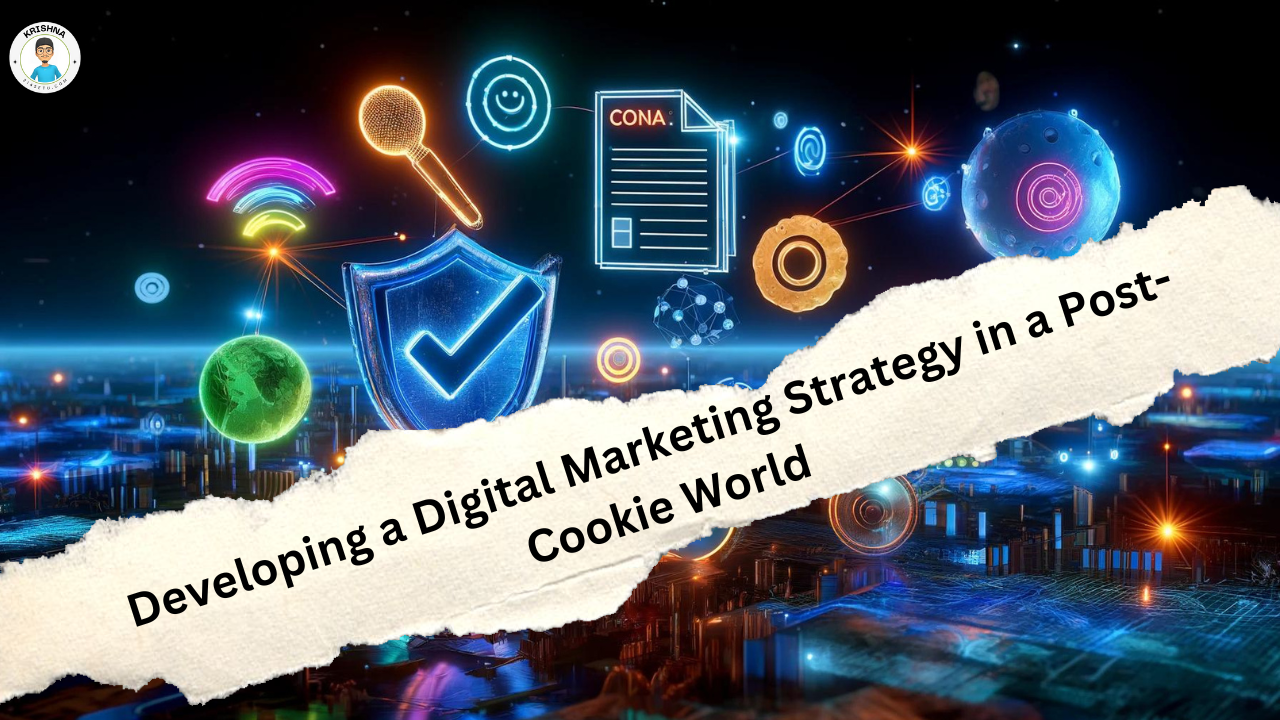
Ever wondered how digital marketing is changing these days? One of the biggest shifts happening right now is the move away from cookies. Let’s dive into what this means and how you can develop a digital marketing strategy in this new landscape.
What Are Cookies and Why Are They Going Away?
First things first, what are cookies? No, not the delicious treats! In the digital world, cookies are small pieces of data stored on your browser. They help websites remember you and your preferences. For years, marketers have used cookies to track user behavior and target ads.
However, concerns about privacy have led to a big change. Major browsers like Google Chrome are phasing out third-party cookies. This means marketers need to find new ways to understand and reach their audience. But don’t worry, it’s not the end of the world—just the beginning of a new one!
Focus on First-Party Data
One of the best strategies in a post-cookie world is to focus on first-party data. This is the information you collect directly from your audience. Think of it as building a relationship with your customers.
Example:
Imagine you run an online store selling handmade jewelry. By offering a newsletter, you can collect email addresses from interested customers. Over time, you can learn what types of jewelry they like best and send them personalized offers.
Invest in Content Marketing
Content is king, especially now. By creating valuable and engaging content, you can attract and retain customers without relying on cookies. This includes blog posts, videos, social media updates, and more.
Example:
Let’s say you’re a fitness trainer. You could create workout videos, healthy recipes, and blog posts about fitness tips. Sharing this content on your website and social media can attract people interested in a healthy lifestyle.
Leverage Social Media
Social media platforms are goldmines for first-party data. They offer robust tools for understanding and engaging with your audience. Plus, social media ads can be highly targeted based on user behavior on the platform itself.
Example:
If you own a café, you can use Instagram to share mouth-watering photos of your dishes. Use Instagram Stories to show behind-the-scenes clips of your kitchen. Encourage followers to share their own photos with a unique hashtag, creating a community around your brand.
Use Email Marketing
Email marketing is another powerful tool. With a well-maintained email list, you can send personalized messages directly to your audience. Remember to segment your list to ensure the content is relevant to different groups of subscribers.
Example:
If you run an e-commerce store, you can send a welcome email to new subscribers, offer special discounts to loyal customers, and send personalized product recommendations based on past purchases.
Embrace Customer Experience
Finally, focusing on customer experience is crucial. When customers have a great experience, they’re more likely to return and recommend your brand to others. This can include everything from user-friendly website design to excellent customer service.
Example:
Think about your favorite online store. What keeps you coming back? It’s probably a combination of easy navigation, fast shipping, responsive customer service, and personalized recommendations. Strive to offer that same great experience to your customers.
Wrapping Up
Developing a digital marketing strategy in a post-cookie world may seem daunting at first, but it’s an exciting opportunity to build stronger, more genuine relationships with your audience. Focus on first-party data, invest in content marketing, leverage social media, use email marketing, and prioritize customer experience. By doing so, you’ll not only adapt to the changes but thrive in this new era of digital marketing.
Remember, it’s all about connecting with your audience in meaningful ways. So, roll up your sleeves and start building those relationships.

